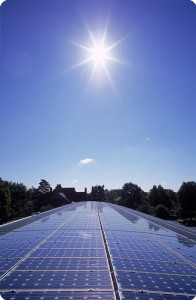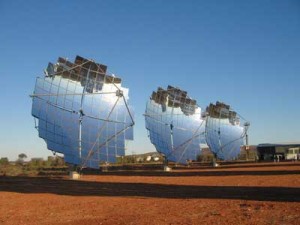Response to Geroges Teyssott Reading
Sunday, November 15th, 2009The suburbanization of America cannot be better explained than through the development of the American lawn. According to Teyssott’s book, The American Lawn, the lawn itself sits precariously and ambiguously on the border between being categorized as a public or a private entity. If a private entity, the owner of said lawn should be able to treat it according to his or her own preferences; if a public entity, all lawns should be maintained in an agreeable manner that is pleasing to the society viewing it. Whereas some people would agree upon and support the continual upkeep of one’s lawn – pruning, mowing, and weeding – others disagree that the lawn is a part of nature which should not be influenced and molded to fulfill the fleeting desires of man’s preferences. Sara Stein supports the view that mowing lawns is the same as subjecting them to “a perpetual torture” until “the perfect lawn” is attained. Most people supporting this perspective would likely support the argument that the word “lawn” is derived from the Old English word “launde” meaning a moor or an area of wild grass. From this denotation, the lawn itself should not be cultivated as part of a domestic garden, but rather its survival left to the elements of nature.
Teyssott further developed the idea of a lawn as an “area of green velvet.” Similar to within the home, with carpeted floors from wall to wall, the lawn should be an extension of one’s living space – a velvet carpet of perfectly mowed grass. Many suburban areas attempt to groom their lawns to be as aesthetically pleasing as the rest of their home. Also, parallels can be drawn in that hygiene and cleanliness of one’s personal self should also be extended to that of one’s garden. Teyssott essentially asks us: is there a difference between a mower and a razor? A final predominant theme in Teyssott’s excerpt was the persistent argument between the necessity of fences to divide properties, both public and private. Frank A. Waugh supported the idea of maintaining fences in order to preserve seclusion and privacy within the private sphere. J.B. Jackson even maintained that without fences, lawns and neighborhoods would become nothing more than monochromatic colors engulfed in a “green desert.” On the other hand, many argue that while fences are necessary distinctions in the actual drawings of property lines, so long as the owners know their own boundaries, onlookers and passersby need not recognize the division. Without the imposing threat of a fence, the eye is permitted to travel unbothered and uninterrupted across street upon street, over home upon home.
After completing the reading of Teyssott’s excerpt, I felt that the stereotypical suburbia could not have been better captured. Although perhaps an odd way of looking at the “suburbanization” of America, the American lawn is nothing short of a competition to display one’s social status in addition to the “American dream” that one has not only pursued, but also achieved. Through the analysis of the lawn, it is clear that Americans are trapped in a perpetual pressure to project the best of their lives and, according to Teyssott, this has most obviously been accomplished through the cultivation of the perfect lawn. The constant battle between the desire for or against fencing actually caught my attention, since this is an issue that links back to early American history as well. American’s are fueled by the notion of “manifest destiny” and over the years have continuously expanded westward whenever tensions became too great within the land inhabited at the time. Even then, between cattle ranches and staking land claims, people have attempted to clearly indicate what belongs to them. Yet in our modern society filled with contracts, maps, graphs, and further legal documentation, when there can be no doubt as to which portion of land in a neighborhood belongs to whom, are fences really necessary? Are fences nothing more than additional architectural designs meant to enhance the viewing of the home? Or are fences working counterproductively, blatantly shouting that ‘this is mine and there should be no mistake about it’? When considering the idea of fencing in a lawn or a garden, I cannot help but wonder if the suburbanization of America is nothing more than another attempt at gaining something more for oneself.
FOOD FOR THOUGHT:
- Is a lawn still considered “nature” when man controls all aspects of its form, characteristics, and lifespan?
- Are people driven by societal pressures or self-induced pressures to maintain an aesthetically pleasing lawn?
- At what point does taking care of one’s lawn become less of a hobby and more of an obsession with keeping up appearances?




 solar energy
solar energy